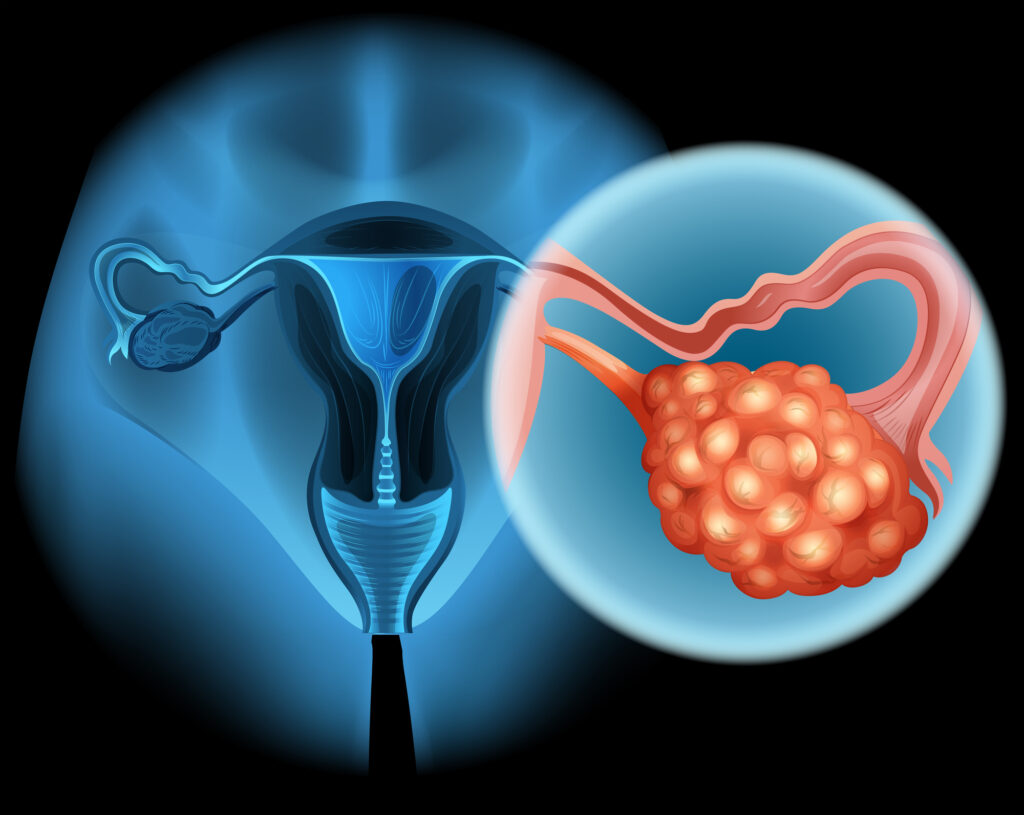In-vitro studies have shown that high doses of selenium have powerful anti-cancer properties. But until recently, scientists have been unable to test this treatment in humans, as excessive amounts of selenium are toxic. Now a study in Redox Biology shows a promising workaround — selenium nanoparticles.
Study Details
Using models developed in 3D, international researchers demonstrated that selenium nanoparticles effectively killed ovarian cancer cells.
Selenium nanoparticles appear to work by altering the activity of histone methyltransferases, histone-modifying enzymes involved in how epigenetics are expressed in the body. Epigenetics looks at how environmental and behavioral circumstances influence and change the way our genes work.
“This novel role for selenium supports a distinct function in histone methylation that occurs due to a decrease in S-adenosylhomocysteine, an endogenous inhibitor of lysine methyltransferases, the metabolic product of methyl-group transfer from S- adenosylmethionine in the one-carbon metabolism pathway. These observations provide important new insights into the action of selenium nanoparticles. It is now important to consider both the classic antioxidant and novel histone methylation effects of this key redox element in its development in cancer therapy and other applications,” write the study authors.
While more research is needed, the findings are exciting, say the research team — they offer a promising new treatment and preventive strategy for cancer.
Conclusion
“Overall, we show that SeNP driven increases in histone methylation occur through distinct processes including 1) increasing the activity of HMT due to increasing the levels of expression of the genes encoding these enzymes, the protein products of which can be inactivated by HMT specific inhibitors abrogating the effect of SeNPs and 2) clearance of SAH, possibly due to a ‘pull’ of homocysteine to H2Se due to the effects of SeNP on the transsulfuration pathway that resulted in increased levels of selenodiglutathione. The discovery that selenium, through the activity of HMTs, can modulate histone methylation, a key process in the regulation of global gene expression, highlights the importance of this micro-nutrient. Selenium’s pivotal role in redox biology, and its potential applications in cancer and viral therapy, must now also be considered alongside its wider role in the mechanisms of action pertaining to epigenetic processes, and for the rationale in advancing anticancer strategies.”






